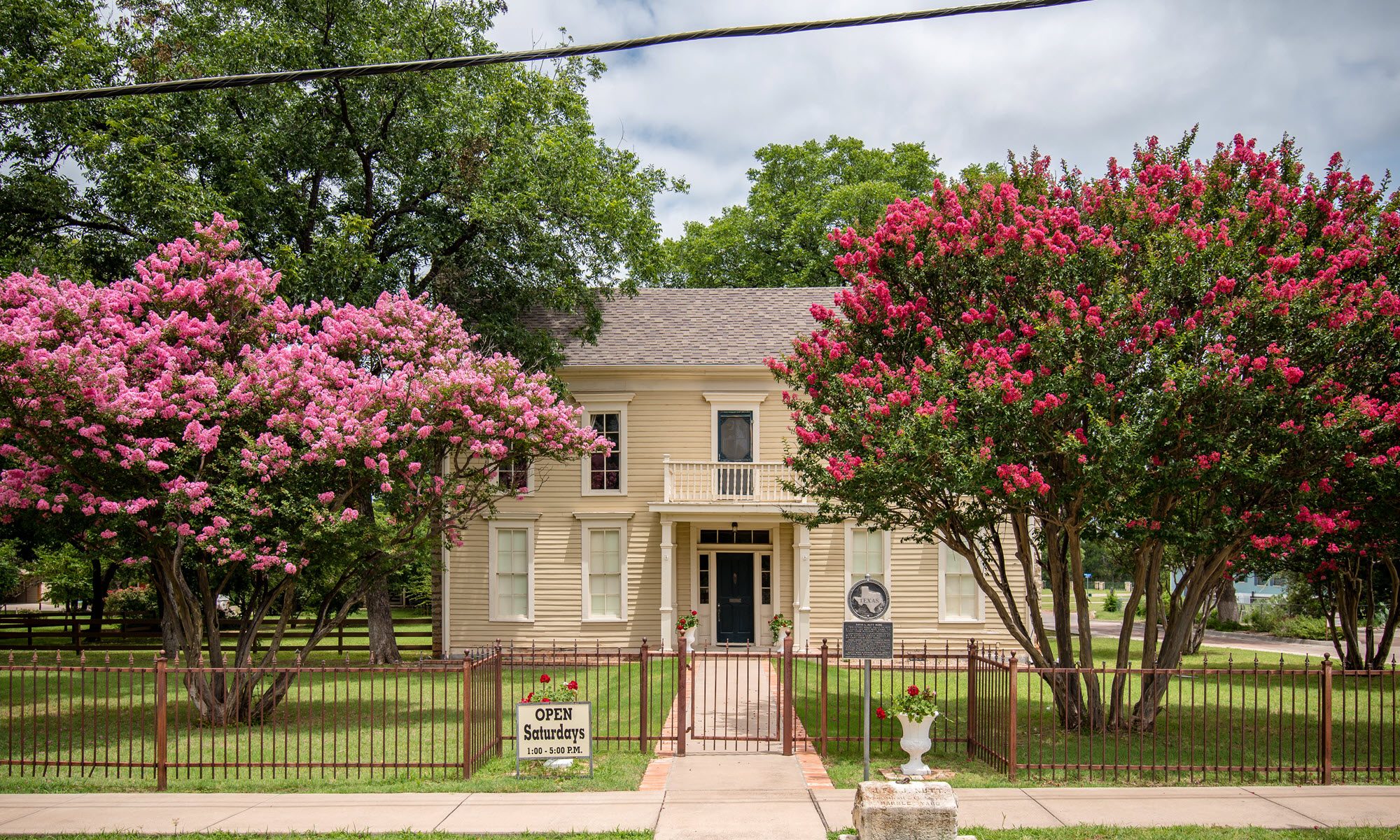“The Bridge Street History Center Is Proud To Present A Special Event Honoring the 10th Anniversary of The Ramay-Macatee Speaker Series”
The New Granbury Live – Buy Tickets
An Evening With Authors S.C. Gwynne and Stephen Harrigan Moderated By Popular Podcast Host Justice Ken Wise.
“Acclaimed authors S.C. “Sam” Gwynne, Stephen Harrigan and Judge Ken Wise will share fascinating stories in roundtable format Thursday, Nov. 7, 2024, 6:30 p.m., sponsored by the Bridge Street History Center in Granbury. Gwynne is author of three celebrated books on American history, including “Empire of the Summer Moon,” a Pulitzer Prize finalist about the rise and fall of the fierce Comanche Indians. Harrigan’s award-winning books include the epic “Big Wonderful Thing: A History of Texas” and “The Gates of the Alamo.” Texas Appellate Judge Ken Wise has published numerous historical articles and hosts the award-winning podcast Wise About Texas.


